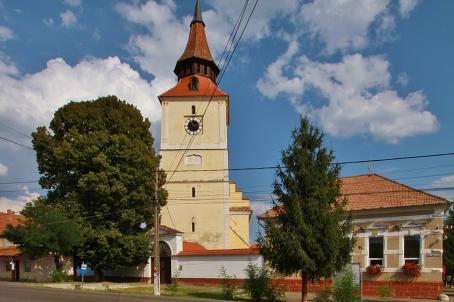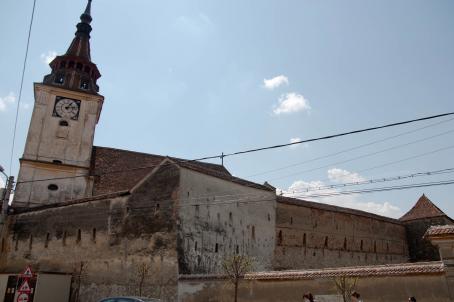Feldioara Fortified Church

The Evangelic church and the ruins of the Teutonic Knights’ fortress, separated only by a ditch, are the pride of Feldioara. The 13th century Romanesque basilica with three aisles and a later added bell tower shows an interesting particularity, a vaulted gallery at the second level of the tower dedicated to the founder of the church. During the 18th century the tower is provided with a roof, constructed after the model of the Black Church in Braşov.
The interior of the church is covered with crossed vaults, which in the chancel are supported by half-column piers. Their capitals are decorated with vegetal, anthropomorphic and biblical motifs. From the pre-reformation altar only few parts were preserved and moved later to the Black Church. From the curtain wall only some remains still exist, while the boulder walls of the nearby Teutonic fortress still stand. The latter’s defence walls were 4m thick and enforced with four towers. The remains of a chapel within the enclosure can still be seen today.
About this building
For more information visit on this building visit https://kirchenburgen.org/en/location/marienburg-feldioara/





